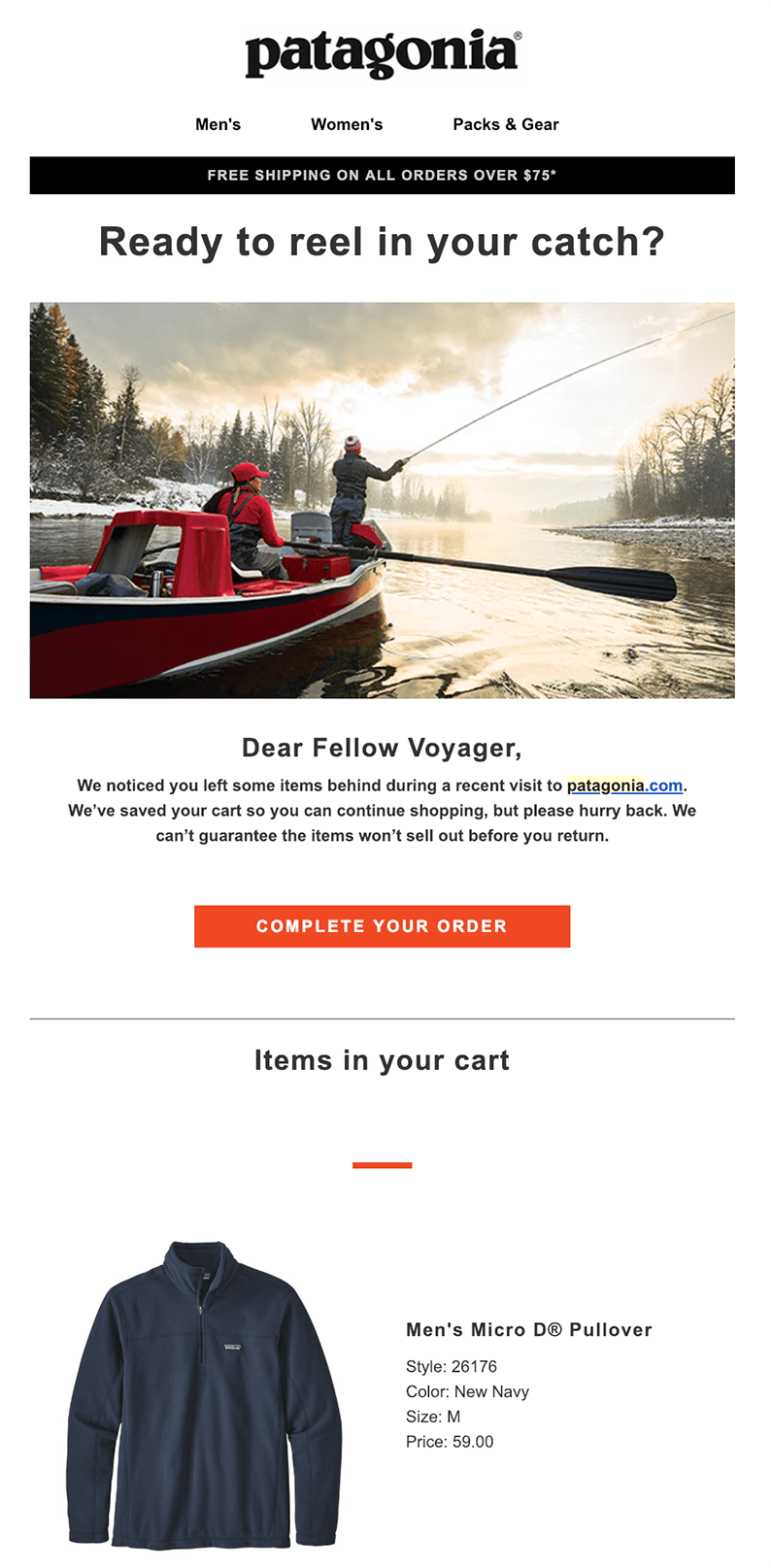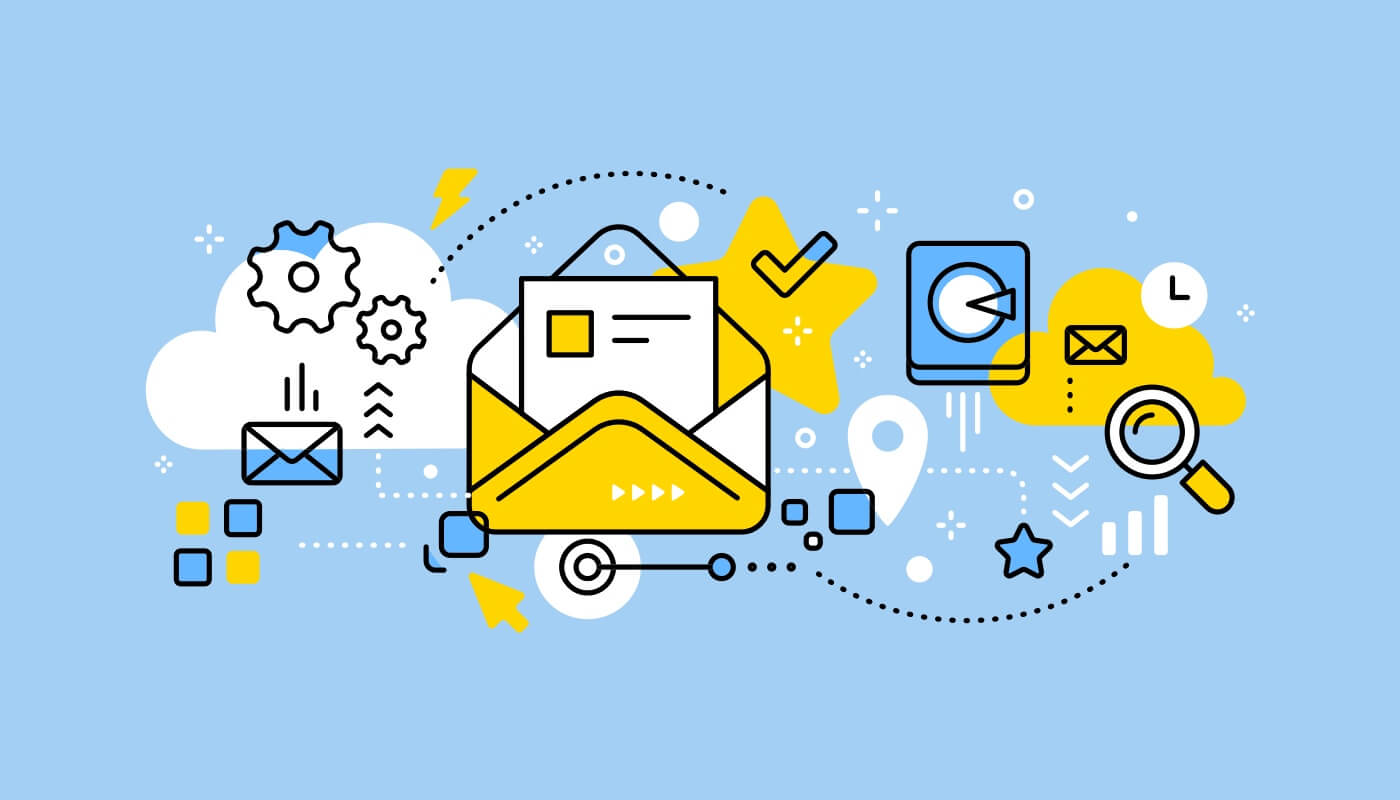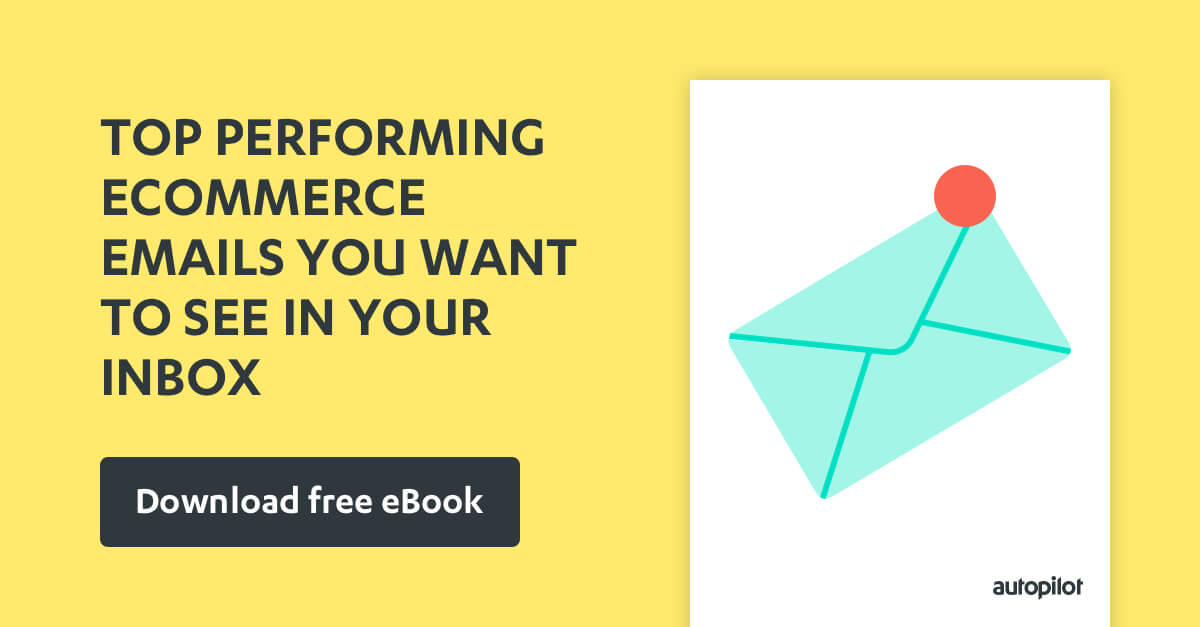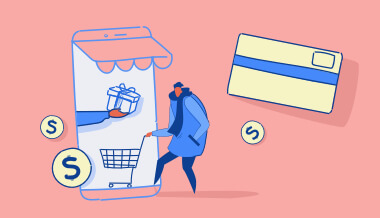November 10, 2019
Improve your email marketing campaigns to maximize e-commerce sales
Email consistently stands out as one of the best marketing channels you can use for your e-commerce business; it has the power to generate leads, engage prospects, and generate sales. And with an effective email marketing strategy, your business is likely to make an average of $38 for every dollar you spend — that’s a remarkable ROI of 3800%! (Direct Marketing Association)
But despite email’s prominence and ability, many e-commerce businesses still struggle to generate leads and sales through email. To help your e-commerce business alleviate the nightmare of not reaching your potential customers through the emails you spent hours crafting, here are 4 essential elements that you must include in your email campaigns to boost conversion rates.
Make sure you send the right types of emails
A common mistake that e-commerce businesses make when sending email communications is sending content that their customers don’t actually care about. By nature, e-commerce emails are designed to engage, entertain, or inform (or all of the above). And as part of their day-to-day operations, most e-commerce businesses will also send transactional emails such as account activation messages and welcome emails — and customers expect to receive them every now and then.
The problem is when e-commerce businesses send emails that aren’t aligned with what the reader wants or expects. For example, a welcome email outlining an organization’s mission statement or values would be an appropriate email to send if you work for a charity or other not-for-profit organization. In contrast, if you’re an e-commerce retailer, your customers are unlikely to care about a welcome email that cites your company’s mission statement — they just want to receive emails about current deals, relevant products to their interests (based on previous purchasing behavior), and other things you know will pique their curiosity.
Personalize your emails
Your customers get bombarded by so many emails every day. Therefore, it’s your job to make your e-commerce emails feel more like personal letters rather than a generic one-size-fits-all email that will either get thrown into a junk mail folder or be ignored.
According to EConsultancy, personalization is a top priority for e-commerce business owners looking to increase email engagement rates. We know that businesses that incorporate personalized content in their email campaigns receive higher engagement rates than those who don’t bother. It makes sense: nobody wants to interact with any piece of content that has zero personality or relevancy. This applies to website landing pages as well as blog posts, gated content, social media posts, and emails. Sending your customers drab and boring emails will only achieve one result: your reader moving them to trash.
So, what are some ways you can add personalization to your emails? Begin by crafting a killer subject line — you want your readers to open their emails in the first place and emails with personalized subject lines are 22.2% more likely to be opened than non-personalized subject lines (Invesp). This involves addressing your customers by name using personalization variables and tailoring the subject line according to either their interests, birthdays or anniversaries, or transaction history.

Finally, make sure you personalize the content in the email. In addition to addressing each customer by name, your email must also contain relevant content — in other words, identifiable elements that tell the reader, “we know who you are.” For example, abandoned cart emails infused with personalized elements (for example, what items are left in the cart or previous transaction history) can politely encourage a customer to return to their cart and complete their purchase.

Follow up on missed opportunities to make a sale
While we’re on the subject of abandoned carts, did you know that only a third of e-commerce businesses follow up on instances of cart abandonment via email? With the global average rate of cart abandonment sitting at 75.6% in 2019 (SaleCycle), this is an opportunity that e-commerce business owners simply can’t afford to take advantage of.
Following up on customers who were ready to buy but didn’t ultimately purchase for whatever reason can lead to a massive win for your e-commerce business. The following Autopilot cart abandonment journey gives you the ability to automate reminders and incentives for your customers who haven’t completed their order — and bring them back to your website so they can finalize the purchase.
Cart abandonment will always happen, regardless of what you do. This means that you’ll never bring your cart abandonment rate to zero. However, having a smart abandoned cart email strategy and automating the cart abandonment journey with marketing automation can help win back some of these shoppers and increase sales.
Ensure your emails are optimized for mobile
We can’t write an article about emails without mentioning mobile devices. Today, 81% of American adults own a smartphone, up from just 35% in 2011 (Pew Research Center). And since smartphones can handle almost every task that has traditionally been done on a desktop, more users are reading their emails on their hand-held devices. In fact, an Adestra study found that 61.9% of email opens occurred on mobile devices in 2019.
What does this mean for your e-commerce business? Mobile plays a key part in your customer’s purchase decisions. If you’re not optimizing your emails to be mobile responsive, you’re missing out on a significant portion of your audience who can’t be bothered casting their eyes over poorly-formatted e-commerce emails. In today’s age of the smartphone, it’s crucial that you provide these users with a seamless mobile experience. Otherwise, you are more than likely to lose an ever-growing segment of your audience.
See your email conversion rates skyrocket!
Email marketing remains one of the best marketing channels today, especially for e-commerce businesses. By ensuring content is relevant, adding personalization to your emails, providing the occasional incentives in your abandoned cart strategy, and making sure your emails are mobile-responsive, your chances of driving more sales will drastically increase.













